DevOps gets a jumpstart in 2018 with predictions of an early mainstream adoption and implementation. Analysts, IT leaders, and DevOps experts declared 2017 as ‘the year of DevOps’ and have predicted some major trends for DevOps in 2018. After digging deep and picking the brains of a few DevOps experts, we believe that DevOps will slowly enter the turf of mainstream adoption but it comes with barriers that may continue to exist through 2020. We can only be prepared for what’s coming!
Several analysts’ surveys and reports over the past two years have indicated that at least 40-50% of companies have successfully adopted DevOps in small pockets. The questions “What is DevOps?” and “What does it mean to your organization?” have more or less been answered in 2017.
As pointed out in the previous post on the Five Tips to Kick Some Butt in Your DevOps Journey, the benefits of DevOps have become clearer now than ever — high-performance, faster deployment, and quicker response to crisis combined with agile. With healthcare, insurance, manufacturing, and banking sectors taking the lead and leveraging DevOps to support their business growth toward agility and speed, the question being asked today is “How do you implement DevOps across an enterprise?”.
Conscious budgeting takes stage
While 2017 witnessed skewed budgeting around resources and toolsets, 2018 will ease this a lot more with a top-down and bottom-up cultural shift and executive buy-in being significantly easier. With new entrants in the world of DevOps, like IoT, AI, and machine learning, technology will play a major role this year. While a lot of enterprise-ready open source tools continue to be introduced, there will be a realization that these tools and applications are not free. This will lead to structured planning and conscious budgeting — especially to make sure that people become more efficient in their understanding of tools, processes, and its utilization to match the evolving technology. How can this be done without increasing headcount? The answer will take some time to be retrieved until DevOps governance becomes mainstream across corporate systems and the toolchain ecosystem consolidates further.
To transition from POCs and pilots to an enterprise-wide implementation, organizations need to focus on a few important areas: culture, test automation, integration, lean practices, technology, security, and cautious measurement and management. Buckle up as we take you through some key trends that will impact your next steps.
Culture acceptance is less of a barrier
![]() As DevOps changes from experimentation to a company-wide rollout, the shift in culture will be embraced a lot more smoothly. The focus on collaboration is reinforced even further. Executive buy-in will be easy with DevOps no more being just a bottom-up initiative. This will break cultural barriers and improve collaboration between teams. DevOps will be tied to measurable business goals and outcomes. Training will be structured as common toolsets, process definitions, and process blueprints become popular practice. As DevSecOps, DevNetOps, and ITOps emerge as new entrants outside the IT space, the DevOps literacy rate goes up eventually over the next few years.
As DevOps changes from experimentation to a company-wide rollout, the shift in culture will be embraced a lot more smoothly. The focus on collaboration is reinforced even further. Executive buy-in will be easy with DevOps no more being just a bottom-up initiative. This will break cultural barriers and improve collaboration between teams. DevOps will be tied to measurable business goals and outcomes. Training will be structured as common toolsets, process definitions, and process blueprints become popular practice. As DevSecOps, DevNetOps, and ITOps emerge as new entrants outside the IT space, the DevOps literacy rate goes up eventually over the next few years.
Quality-first approach with test automation
![]() Automation is the way forward. Continuous Testing will be consciously recognized as a vital component to the Continuous Integration and Continuous Delivery pipeline with quality being of prime importance as deployment increases. Organizations that have adopted automation across the entire development and deployment lifecycle have experienced quality and velocity. The scope for more automation increases this year and along with it comes the need for skilled testers and programmers who can wisely handle automation, stay up-to-date with the evolving technology, and closely work with I&O professionals to drive the adoption of automation across processes and functions. With the trend of Continuous Testing setting in, engineers will have to specifically be familiar with open-source web-based frameworks and tools. Test automation suites will have to be optimized to include more APIs as UX becomes more significant.
Automation is the way forward. Continuous Testing will be consciously recognized as a vital component to the Continuous Integration and Continuous Delivery pipeline with quality being of prime importance as deployment increases. Organizations that have adopted automation across the entire development and deployment lifecycle have experienced quality and velocity. The scope for more automation increases this year and along with it comes the need for skilled testers and programmers who can wisely handle automation, stay up-to-date with the evolving technology, and closely work with I&O professionals to drive the adoption of automation across processes and functions. With the trend of Continuous Testing setting in, engineers will have to specifically be familiar with open-source web-based frameworks and tools. Test automation suites will have to be optimized to include more APIs as UX becomes more significant.
Lean principles gains popularity
![]() Organizations that have achieved high-performance in DevOps have got rid of traditional manual and lengthy change management practices and moved to a lean approach. This trend picks up as enterprises go for an enterprise-wide implementation and as organizations cut down manual steps and leverage modern tooling like deployment automation. With quality and velocity being the outcomes of automation in CI/CD, the need is to find dependencies and drive predictability in your system of delivery.
Organizations that have achieved high-performance in DevOps have got rid of traditional manual and lengthy change management practices and moved to a lean approach. This trend picks up as enterprises go for an enterprise-wide implementation and as organizations cut down manual steps and leverage modern tooling like deployment automation. With quality and velocity being the outcomes of automation in CI/CD, the need is to find dependencies and drive predictability in your system of delivery.
Technology is at the forefront
 DevOps will demand modernization of applications across the entire lifecycle. Optimization of test automation suites will enable vendors to create tools that adhere to AI, machine learning that aim at solving long testing cycles on IoT and mobile devices, and desktop browsers, leading to release of massive data that slows down the DevOps engine. To mitigate this, QA & testing teams will have to use efficient tools that can crawl through the entire test code, understand what tests are valuable, and which platforms are critical to test.
DevOps will demand modernization of applications across the entire lifecycle. Optimization of test automation suites will enable vendors to create tools that adhere to AI, machine learning that aim at solving long testing cycles on IoT and mobile devices, and desktop browsers, leading to release of massive data that slows down the DevOps engine. To mitigate this, QA & testing teams will have to use efficient tools that can crawl through the entire test code, understand what tests are valuable, and which platforms are critical to test.- DevOps will push for hybrid-everything forcing organizations to be ready to support any tool, application, or process in the future.
- Containers will reach mainstream normalization. Growth in container deployments will accelerate as large companies in the non-IT space such as financial services and healthcare, adopt microservices infrastructure.
- The loss that is incurred from investing on legacy tools, and on-premise infrastructure is somewhat mitigated as infrastructure automation platforms and as-a-service models begin to grow.
Security will no more be an afterthought
![]() Earlier security took the backseat as organizations experienced the speed factor in DevOps practices. This year, CIOs will be increasingly aware of the need to include security in DevOps as they realize the real threat from fast evolving technology. With the increasing complexity in testing scenarios that involve thousands of devices, screen sizes, networks, OSs and browsers, the need to build security into the application becomes imperative. DevSecOps and DevNetOps will become priority.
Earlier security took the backseat as organizations experienced the speed factor in DevOps practices. This year, CIOs will be increasingly aware of the need to include security in DevOps as they realize the real threat from fast evolving technology. With the increasing complexity in testing scenarios that involve thousands of devices, screen sizes, networks, OSs and browsers, the need to build security into the application becomes imperative. DevSecOps and DevNetOps will become priority.
DevOps will definitely move north as organizations equip themselves to manage expectations. While these are definitely trends that will reign 2018 and beyond, enterprises will have to find the right mix of practices that suit their individual need.
Gartner’s Predictions
Gartner has emphasized the importance of integrating security into DevOps – the evolution of DevSecOps. With the increasing complexity in digital business, there is a need for continuous adaptive risk and trust assessment (CARTA), which is Gartner’s solution to the problem. It allows for real-time, risk and trust-based decision making with adaptive responses to security-enabled digital business. Source: Gartner
What do you think? Are there DevOps trends that you think may work out specifically for your organization? Check how our ConnectALL Integration Platform helps in continuous integration. Leave your comments, thoughts, or questions and follow us on our social media pages for interesting updates on our products, services, and solutions that will aid your DevOps initiatives.

Head of Content Marketing at ConnectALL, responsible for communication and content marketing strategy. For two decades, I’ve assisted businesses to integrate content marketing into their marketing plans to achieve their business goals. I specialize in creating and developing content (inbound and outbound) across various online and offline channels from websites, blogs, and social media to email marketing and marketing communication collateral.


